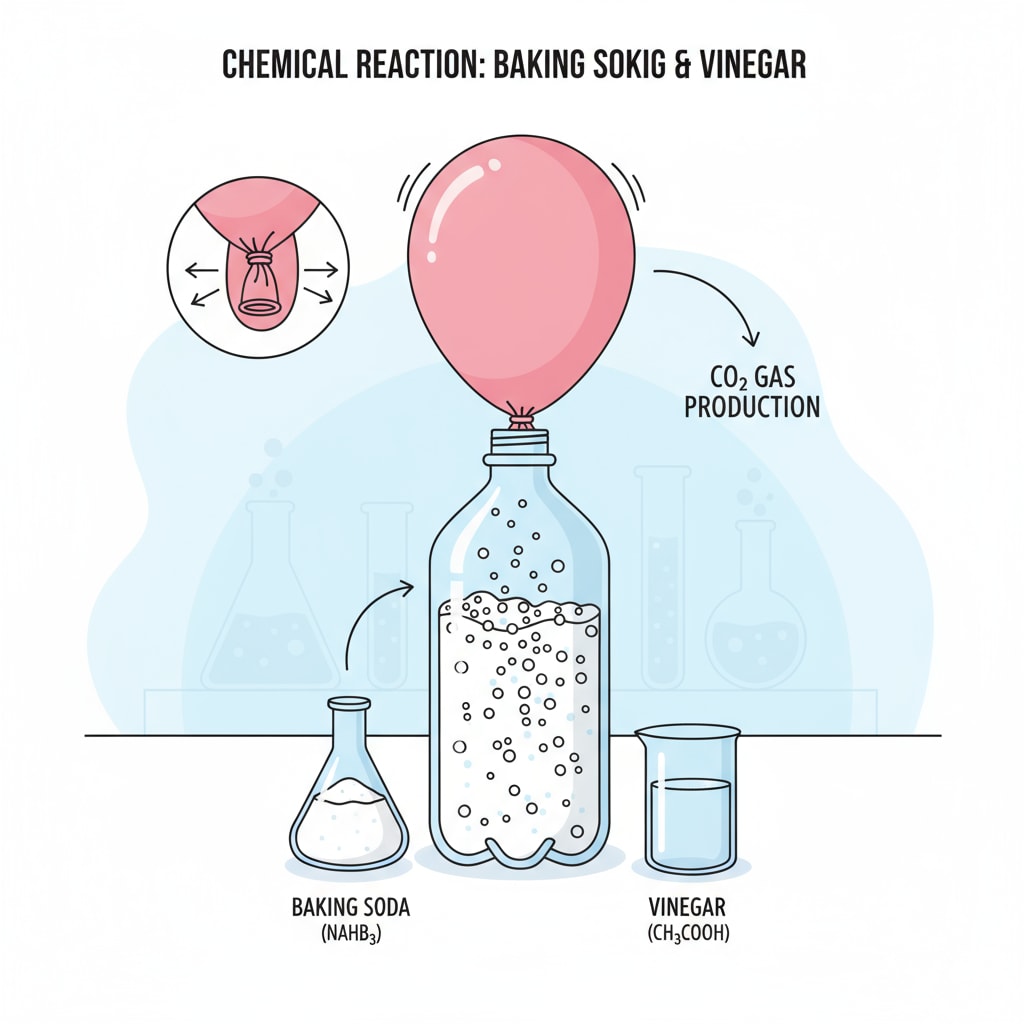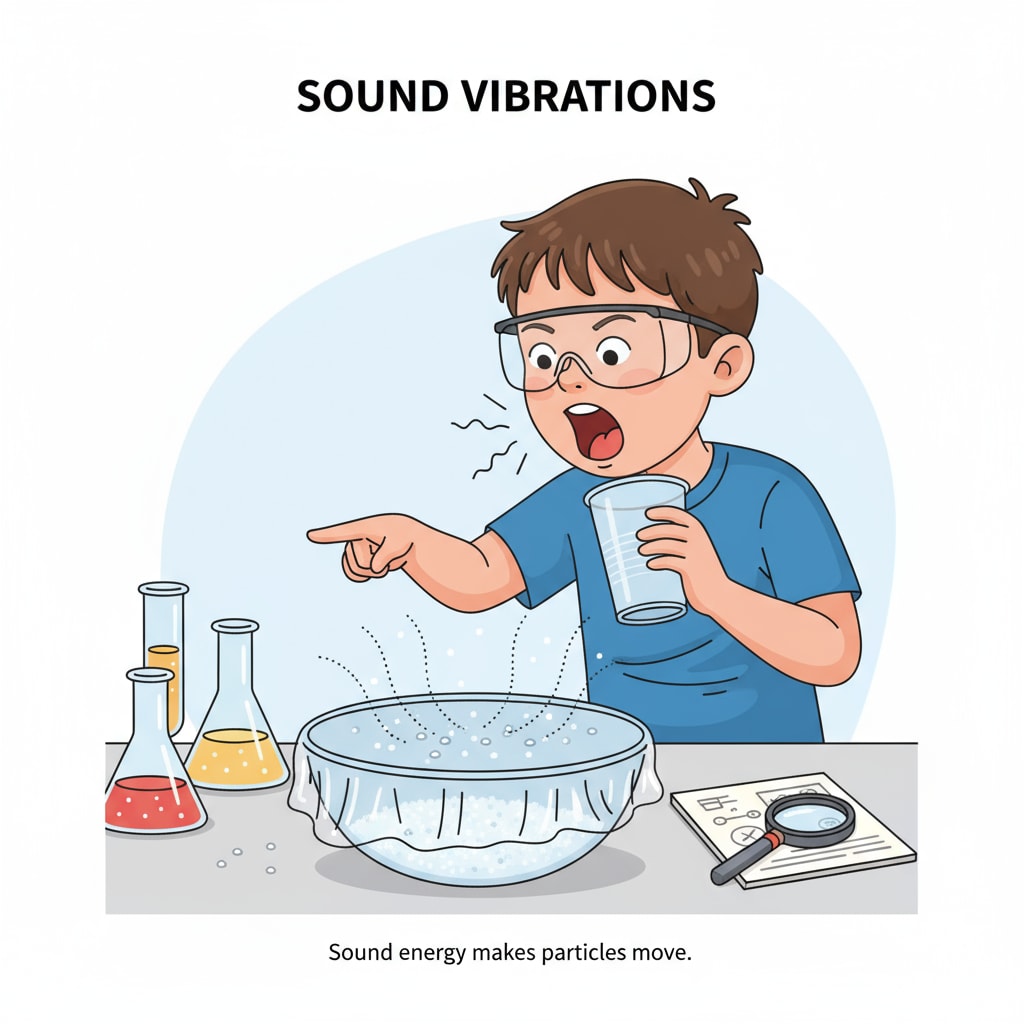Science experiments for primary school students are not only a great way to engage them but also a key part of science exhibitions. These experiments can open up a world of wonder and discovery for young minds. Let’s explore some simple yet fascinating experiments that can be done with everyday items.
1. The Magic of Balloon Inflation
One of the most basic and interesting experiments for young students is making a balloon inflate without blowing into it. For this experiment, you’ll need a plastic bottle, a balloon, and some baking soda and vinegar. First, pour some vinegar into the plastic bottle. Then, put a small amount of baking soda into the balloon. Carefully attach the balloon to the mouth of the bottle. When you lift the balloon so that the baking soda falls into the vinegar, a chemical reaction occurs. The vinegar (acetic acid) reacts with the baking soda (sodium bicarbonate) to produce carbon dioxide gas. This gas fills the bottle and then inflates the balloon. Chemical reaction on Wikipedia

2. The Dancing Salt Experiment
Another engaging experiment is the dancing salt experiment. All you need is a bowl, some plastic wrap, and salt. Stretch the plastic wrap tightly over the bowl. Sprinkle a thin layer of salt on top of the plastic wrap. Then, hold your mouth close to the plastic wrap and make a loud sound, like a shout or a scream. You’ll notice the salt start to jump and move around on the plastic wrap. This happens because sound is a form of energy that travels in waves. When you make a sound, the sound waves hit the plastic wrap, causing it to vibrate. These vibrations are then transferred to the salt, making it appear to dance. Sound on Britannica

These types of experiments can be great additions to science exhibitions for primary school students. They not only teach basic scientific concepts but also encourage students to think critically and ask questions. By conducting these experiments at home or in the classroom, teachers and parents can help cultivate a love for science in young children. Through these hands-on experiences, students can start to understand the principles behind scientific phenomena, laying a solid foundation for their future scientific learning.
Readability guidance: As shown above, we use short paragraphs to make the content easier to understand. Each experiment description forms a clear section. We also keep the passive语态 usage to a minimum and use transition words like ‘first’, ‘then’ to make the process clear. The experiments are presented in a simple and engaging way for primary school students to grasp.


